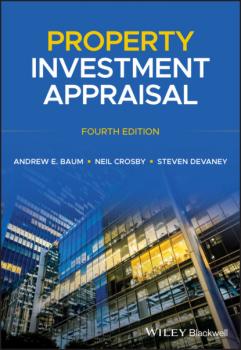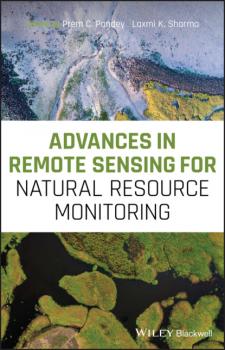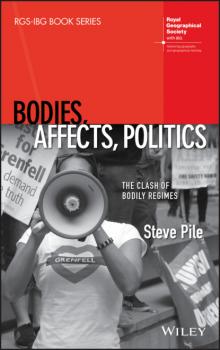John Wiley & Sons Limited
Все книги издательства John Wiley & Sons LimitedPrinciples of Dentoalveolar Extractions
Combines the basic sciences and principles of dentoalveolar extractions with basic and advanced surgical techniques Principles of Dentoalveolar Extractions is a comprehensive, technical text covering the basic sciences and principles of dentoalveolar extractions, exploring both the basic surgical techniques and advanced surgical practices. Highly illustrated with colour photographs throughout, this text discusses the procedures, pitfalls, and practicalities of exodontia. It highlights the most common surgical principles encountered in clinical practice, the range of surgical instruments available, and how to manage the potential complications associated with extraction procedures. This important text: Focuses solely on dentoalveolar extractions and surgery Contains full colour photographs and detailed illustrations to aid learning Offers a technical walk-through guide that can be used as a reference prior to surgery Includes a Preface written by Professor Andrew A. C. Heggie, AM Written for dental students, surgical trainees and other dental professionals, Principles of Dentoalveolar Extractions provides a comprehensive and pragmatic review of dentoalveolar extractions.
Property Investment Appraisal
Discover an insightful examination of the property investment appraisal process from leaders in the industry This book explains the process of property investment appraisal: the process of estimating both the most likely selling price (market value) and the worth of property investments to individuals or groups of investors (investment value). Valuations are important. They are used as a surrogate for transactions in the measurement of investment performance and they influence investors and other market operators when transacting property. Valuations need to be trusted by their clients and valuers need to produce rational and objective solutions. Appraisals of worth are even more important, as they help to determine the prices that should be paid for assets, even in times of crisis, and they can indicate market under- or over-pricing. In a style that makes the theory as well as the practice of valuation accessible to students and practitioners, the authors provide a valuable critique of conventional valuation methods and argue for the adoption of more contemporary cash-flow methods. They explain how such valuation models are constructed and give useful examples throughout. They also show how these contemporary cash-flow methods connect market valuations with rational appraisals. The UK property investment market has been through periods of both boom and bust since the first edition of this text was produced in 1988. As a result, the book includes examples generated by vastly different market states. Complex reversions, over-rented properties and leaseholds are all fully examined by the authors. This Fourth Edition includes new material throughout, including brand new chapters on development appraisals and bank lending valuations, heavily revised sections on discounted cash flow models with extended examples, and on the measurement and analysis of risk at an individual property asset level. The heart of the book remains the critical examination of market valuation models, which no other book addresses in such detail.
X-Ray Fluorescence Spectroscopy for Laboratory Applications
Provides comprehensive coverage on using X-ray fluorescence for laboratory applications This book focuses on the practical aspects of X-ray fluorescence (XRF) spectroscopy and discusses the requirements for a successful sample analysis, such as sample preparation, measurement techniques and calibration, as well as the quality of the analysis results. X-Ray Fluorescence Spectroscopy for Laboratory Applications begins with a short overview of the physical fundamentals of the generation of X -rays and their interaction with the sample material, followed by a presentation of the different methods of sample preparation in dependence on the quality of the source material and the objective of the measurement. After a short description of the different available equipment types and their respective performance, the book provides in-depth information on the choice of the optimal measurement conditions and the processing of the measurement results. It covers instrument types for XRF; acquisition and evaluation of X-Ray spectra; analytical errors; analysis of homogeneous materials, powders, and liquids; special applications of XRF; process control and automation. An important resource for the analytical chemist, providing concrete guidelines and support for everyday analyses Focuses on daily laboratory work with commercially available devices Offers a unique compilation of knowledge and best practices from equipment manufacturers and users Covers the entire work process: sample preparation, the actual measurement, data processing, assessment of uncertainty, and accuracy of the obtained results X-Ray Fluorescence Spectroscopy for Laboratory Applications appeals to analytical chemists, analytical laboratories, materials scientists, environmental chemists, chemical engineers, biotechnologists, and pharma engineers.
Bodies, Affects, Politics
This book seeks to understand the coexistence of bodily regimes and the politics that emerge from the clash between them: Presents a novel conceptual model for understanding the relationship between bodies and affects Reworks Rancière's notions of the distribution of the sensible and the aesthetic unconscious Establishes a dynamic and multiple understanding of the repressive, distributive and communicative unconscious by rethinking Freudian psychoanalysis Utilizes a variety of empirical materials, from Hollywood movies to Freud's case studies Sets its argument about politics within the context of significant social events to ensure its conceptual and empirical material is relevant to the contemporary political moment









